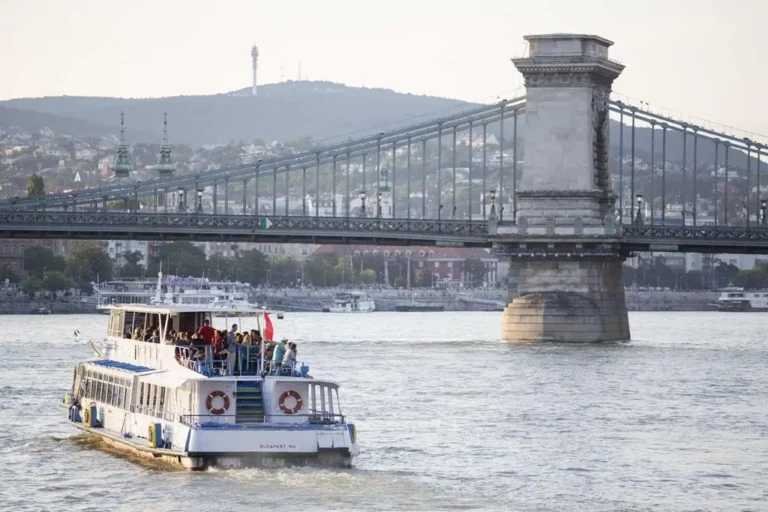Austria
Hungary’s busiest motorways to Austria, Lake Balaton to become 4-lane!

Fantastic news for travellers: Vienna-Budapest train services boosted with more frequent connections

Hungarian company to be included in Vienna’s CECE index

PHOTOS: Budapest braces for flood surge as severe storms hit the region

Hungary secures controlling stake in regional railway operator GySEV

Exceptional rainfall expected to affect the Danube in Austria and Hungary in the coming days

Lőrinc Mészáros buys brand-new private jet

Exciting: Direct bus to connect the Hungarian capital with Designer Outlet in Parndorf, Austria

Excellent news for passengers: Travelling to exotic Southeast Asian countries from Budapest is now cheaper!

Austrian police contingent to grow in Hungary

Austrian Kronospan completes €5.1 million capacity expansion in Hungary
The minister of foreign affairs and trade said in Mohács, in southern Hungary, on Monday that ensuring that all Hungarians...
SPAR vs Orbán war continues: Austrian CEO wants infringement procedure against Hungary

MÁV announcement: Trains to commute differently this autumn, Budapest Airport and Vienna lines affected

Pan-European Picnic: SZE Students Honoured at Hungarian-German Youth Association Essay Competition

Austrian Speaker slammed Orbán cabinet’s discriminative interferences into the food retail, construction sectors

Taylor Swift in Budapest? Fans heartbroken as 3 Vienna concerts cancelled

Leaving home in hopes of a better life: Here’s how much Hungarians in Austria earn

Hungarian workers earn less than 1/3rd of Austrian counterparts






